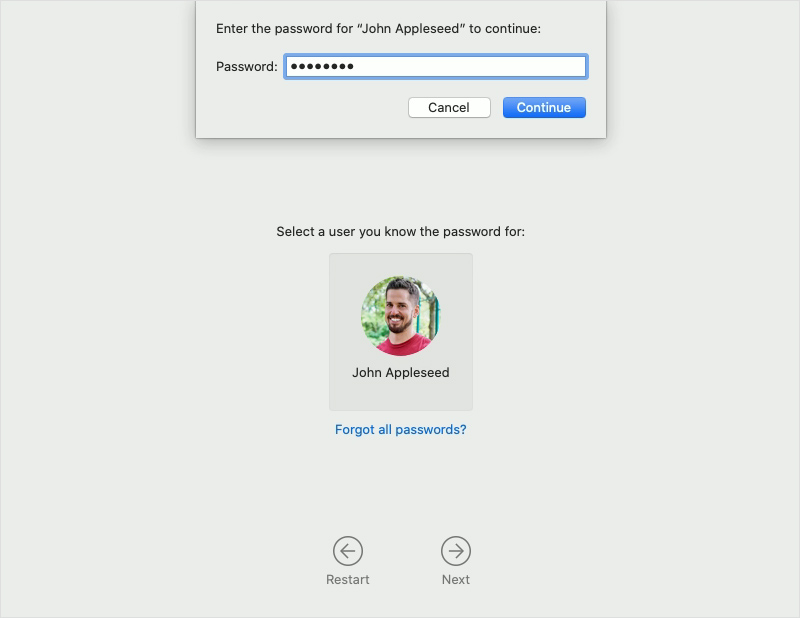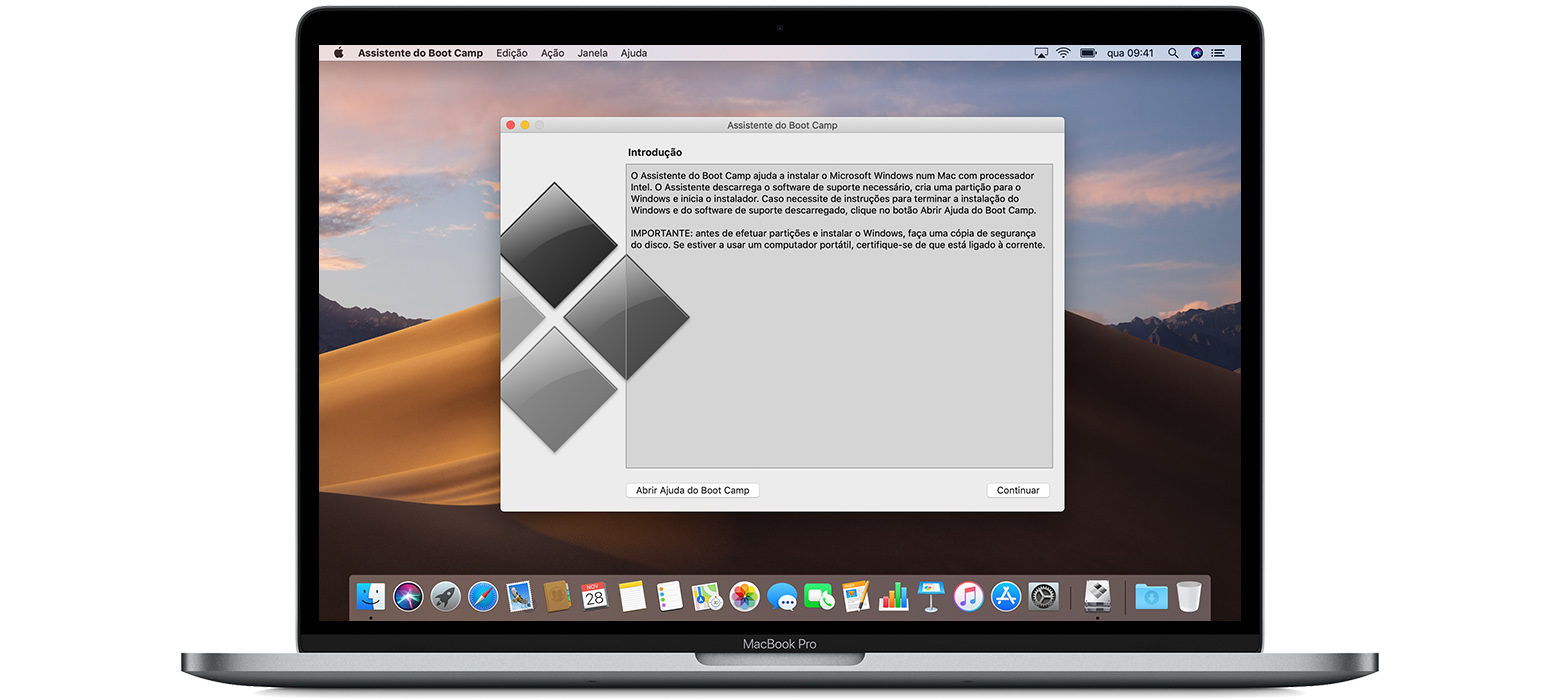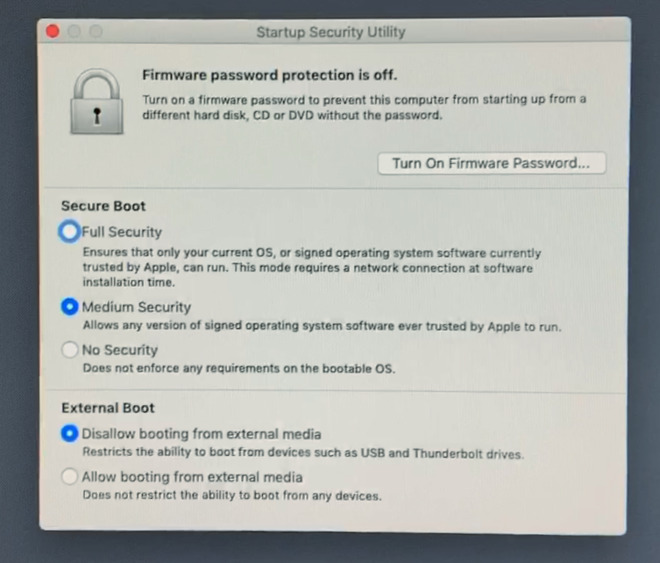In Windows, click the Boot Camp icon in the system tray. From the menu that appears, choose Restart in OS X. Start from OS X Recovery. You can also start your Mac from OS X Recovery or Internet Recovery if your Mac was manufactured after 2011. To start your Mac from the Recovery System, use these steps: Start up or restart your computer.
- Mac Boot Keys
- Boot Option Mac Mini
- Option Boot Mac Bluetooth Keyboard
- Mac Boot Select
- Boot Option Mac Windows Keyboard

I have an external USB SSD install with Windows 10.
Mac Boot Keys
- Most of the boot options below are designed to help you diagnose and fix problems with your Mac. CleanMyMac X can also do that, as well as many other things. Its Maintenance module has tools to repair your boot disk, repair permissions, free up memory, and free up RAM.
- To display a system boot menu: Hold down the Option key while restarting or booting the Mac, and you can choose which operating system you want to use. To prevent start-up applications from running during login: Hold down the Shift key while you click the Login button on the Login screen.
- The OS on my Mac recently stopped working and in order to fix the issue I needed to use a bootable USB drive to reinstall the OS. I'm going to take you throu.
- The BCDBoot option allows you to quickly add boot options for a Windows-based operating system. Repairing a Windows partition on a dual-boot PC. Install a separate hard drive or prepare a separate partition for each operating system. Install the operating systems. For example, if your PC has Windows 8.1, install Windows 10 onto the other hard.
On my MacBook Pro 15' mid 2014 I can press option on boot and it will show up and I can boot to Windows.

However when I try on my MacBook Air 13' early 2015, pressing option on boot doesn't show up the external USB SSD, only macOS partition is shown. When I boot in to macOS, I can view the external USB thus the USB port is not faulty, I also try again on my MacBook Pro and its able to boot up to Windows with no problem
How to access it on my MacBook Air? I tried on both USB ports doesn't work.
The only different is on my MacBook Air I turn on FileVault which is require by my company while the MacBook Pro don't as I use at home.
Any help is appreciated. Thanks in advance.
MacBook Air, Mac OS X (10.7.5)
Posted on
You set your Mac or Macbook which disk to start up from when more than one startup disk is connected. This works for USB drives including the NinjaStik
For 2018 to 2020 Macs with the Secure Boot T2 Chip, see the 2020 Macbook Pro Boot from USB instructions.
A “startup disk” is a volume or partition of a drive that contains a bootable operating system.
You can set your Mac to automatically use a specific startup volume, or you can temporarily override this choice at startup.

- From the Apple menu choose System Preferences.
- Click the Startup Disk icon in System Preferences, or choose View > Startup Disk.
- Select your startup disk from the list of available volumes.
The next time you start up or restart your computer, your Mac starts up using the operating system on the selected volume.
Temporarily change your startup disk with Startup Manager
Startup Manager allows you to pick a volume to start from while the computer is starting up.
Use these steps to choose a startup disk with Startup Manager:
- Turn on or restart your Mac.
- Immediately press and hold the Option key. After a few seconds, the Startup Manager appears. If you don’t see the volume you want to use, wait a few moments for Startup Manager to finish scanning connected drives.
- Use your mouse or trackpad, or left and right arrow keys to select the volume you want to use.
- Double-click or press the Return key to start up your Mac from the volume you selected.
If you have an optical drive connected to your computer, you can insert an installation disc to see it in Startup Manager. You can also attach FireWire or USB external hard drives that contain an operating system to add to the list of startup volumes.
Startup Manager automatically adds bootable volumes as you connect them.
Restart in OS X from Boot Camp
If you have started up your Mac in Windows using Boot Camp, you can use the Boot Camp system tray to switch your startup disk default back to OS X.

- In Windows, click the Boot Camp icon in the system tray.
- From the menu that appears, choose Restart in OS X.

Boot Option Mac Mini
Start from OS X Recovery
Option Boot Mac Bluetooth Keyboard
You can also start your Mac from OS X Recovery or Internet Recovery if your Mac was manufactured after 2011.
To start your Mac from the Recovery System, use these steps:
- Start up or restart your computer.
- Hold down the Command and R keys on your keyboard until you see the Apple logo appear onscreen.
If you don’t see a volume listed
If you don’t see the volume you want to start your computer from, check the following:
Mac Boot Select
- If you’re using an external drive, make sure it’s connected and turned on.
- Make sure you’ve installed an operating system, like OS X or Windows on the drive you’re trying to start from. Volumes that don’t contain a valid operating system aren’t listed in Startup Disk or Startup Manager.
- If you’ve installed an operating system on a drive but it isn’t listed, the volume you’re trying to start from might need repair. If the volume contains OS X, start your computer from OS X Recovery and use Disk Utility to repair the volume, or reinstall OS X on the volume using the Recovery System.
- Depending on the Mac you are using and the version of OS X that is installed, the Recovery System volume (Recovery HD) might not show up in Startup Manager. Press Command-R during startup to start your Mac from the Recovery System.
Boot Option Mac Windows Keyboard
For 2018 / 2019 Macbook Pro with the Secure Boot T2 Chip, see the 2018 Macbook Pro Boot from USB instructions.
